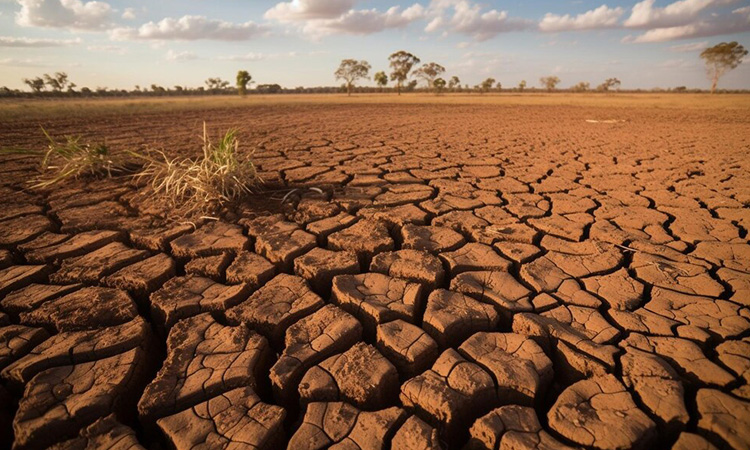Agriculture, the backbone of food security and a significant livelihood source for billions, is highly sensitive to weather conditions, particularly temperature changes. As the planet grapples with climate change, understanding the impact of temperature fluctuations on agriculture is crucial for future food security and economic stability.
Temperature: A Double-Edged Sword in Agriculture
Temperature plays a fundamental role in agriculture. It affects plant growth, soil health, and the prevalence of pests and diseases. Optimal temperature ranges are vital for seed germination, photosynthesis, and crop maturation. However, when temperatures deviate from these ranges, the results can be detrimental.
Warm Weather Crops and the Risk of Overheating
Crops like maize, wheat, and rice, staples in global diets, have specific temperature requirements. A rise in average temperatures can accelerate their growth cycles. This might sound beneficial, but faster growth often leads to reduced growing periods, impacting the crops’ nutritional quality and yield. For instance, wheat that matures too quickly under high heat can have lower protein content, affecting its quality.
Cold-Weather Crops and the Challenge of Rising Temperatures
Crops adapted to cooler climates, such as certain varieties of potatoes and apples, face a different set of challenges. Warmer temperatures can disrupt their developmental cycles, leading to lower yields. In some cases, warmer winters can reduce the necessary chill periods these crops need, impacting harvests significantly.
The Threat of Pests and Diseases
Increased temperatures can also escalate pest and disease outbreaks. Warmer weather can extend the breeding cycles of pests like locusts and aphids, leading to larger populations. Similarly, plant diseases tend to thrive in warmer, more humid conditions, posing an additional threat to agricultural productivity.
The Silver Lining: Opportunities in Adaptation
Despite these challenges, temperature changes also present opportunities. Some regions may become more suitable for crops that couldn’t previously thrive there, potentially leading to diversification in agriculture. Moreover, technological advancements in agriculture, such as heat-tolerant crop varieties and precision farming techniques, offer ways to adapt to these changing conditions.
The Role of Sustainable Practices
Adopting sustainable agricultural practices is vital in mitigating the impacts of temperature changes. This includes water-efficient irrigation systems, integrated pest management, and soil health improvement strategies. Such practices not only help in adapting to temperature changes but also contribute to mitigating climate change by reducing greenhouse gas emissions from agriculture.
Preparing for the Future
The impact of temperature changes on agriculture is a pressing issue. While it poses significant challenges, it also opens avenues for innovation and adaptation. By embracing sustainable practices and technological advances, the agricultural sector can not only survive but thrive in the face of changing temperatures. It’s a call to action for farmers, scientists, policymakers, and consumers alike to work together towards a resilient and sustainable agricultural future.
Next On Your Reading List:


